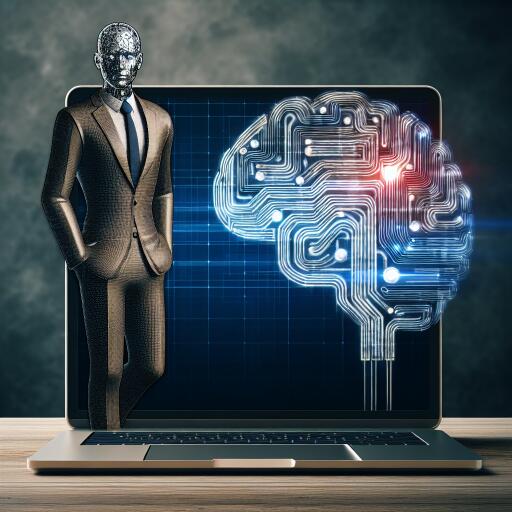Cardano Founder Charles Hoskinson Makes Bold AI Prediction
In the ever-evolving realm of artificial intelligence, notable figures from the tech industry often provide insights that spark discussions and potentially shape the trajectory of AI development. In this vein, Charles Hoskinson, the visionary behind the Cardano blockchain platform, has recently made a striking prediction regarding the path AI technology might take in the near future. Utilizing the platform X (formerly known as Twitter), Hoskinson shared his projections about a revolutionary phase in AI marked by the emergence of fully open-source models, heralding the inception of “cognitive agents.” These advancements could significantly alter the dynamics of both professional settings and personal technology engagement.
Hoskinson’s anticipation revolves around the shift towards open-source frameworks, exemplified by projects like Grok, the newest advancements from tech giant Apple, and the imminently releasing Llama 3 by Meta Platforms. According to Hoskinson, these developments are set to drastically transform the landscape of Large Language Models (LLMs), paving the way for high-performance, fully open-source models that can operate independently on local devices and be customized with individual data. This transition, as per the Cardano founder, is not just imminent but will redefine how business operations and personal tech interactions are conducted.
Major AI breakthroughs
Delving into the components of Hoskinson’s forecast reveals some fascinating developments. Firstly, Grok, a generative AI initiative steered by Tesla’s CEO Elon Musk and developed by xAI, joins the forefront of open-source AI technology. This move towards an open model aims to democratize AI tools, potentially offering a robust alternative to the renowned ChatGPT developed by OpenAI.
The next pivotal element in Hoskinson’s prediction is the release of Meta Platforms’ Llama 3. This upcoming version of their large language model, scheduled for unveiling in July, is expected to expand the capabilities of AI in comprehending and producing text that closely mimics human interaction.
Moreover, Apple’s entry into the Generative AI arena through its acquisition of the startup DarwinAI signals a significant leap towards integrating advanced AI functionalities within its operating systems, notably in the forthcoming iOS 18. This move by Apple showcases an evident strategy to imbue consumer devices with sophisticated AI capabilities.
Hoskinson envisions these technologies giving rise to “cognitive agents.” Unlike the contemporary AI models reliant on cloud computing for data processing, these future models could be tailored to operate on individual devices. This transformative approach promises to offer a more personal, efficient, and privacy-conscious experience, shifting the current paradigm of AI usage. The implications of such a shift are profound, indicating a future where AI is not just a distant tool operating from the cloud but an integral, personalized facet of everyday technology use.
In conclusion, the movement towards open-source AI models coupled with the integration of sophisticated AI features into consumer technology reflects a significant evolution in the AI landscape. As elucidated by Charles Hoskinson, these developments could usher in a new era of cognitive agents, fundamentally altering our interaction with technology and potentially setting the stage for a more personalized and secure digital future.










